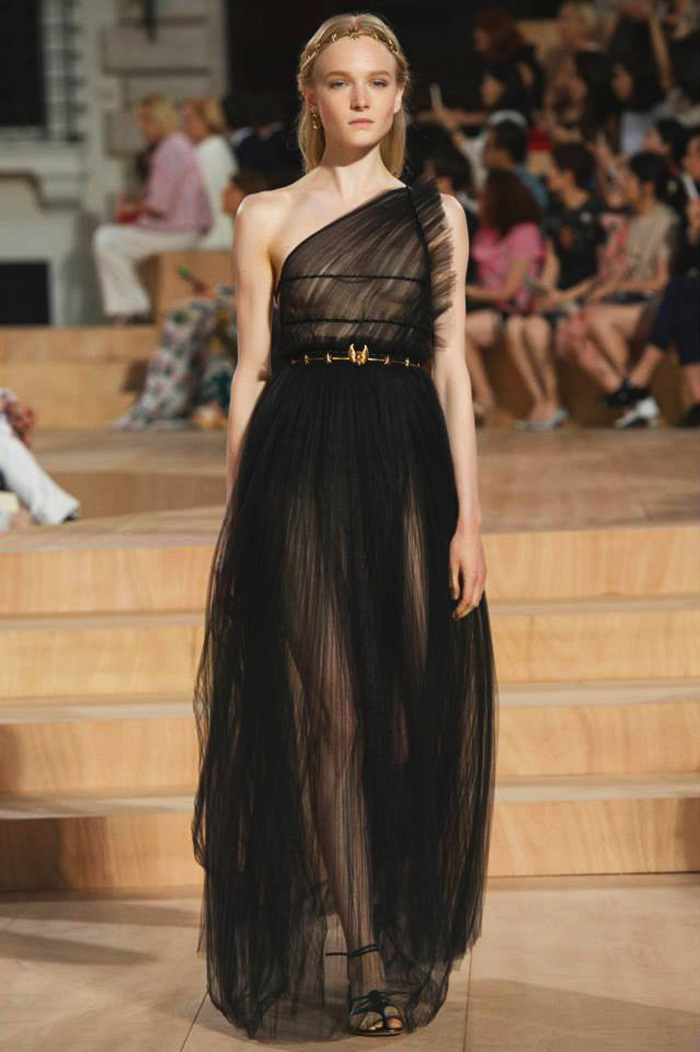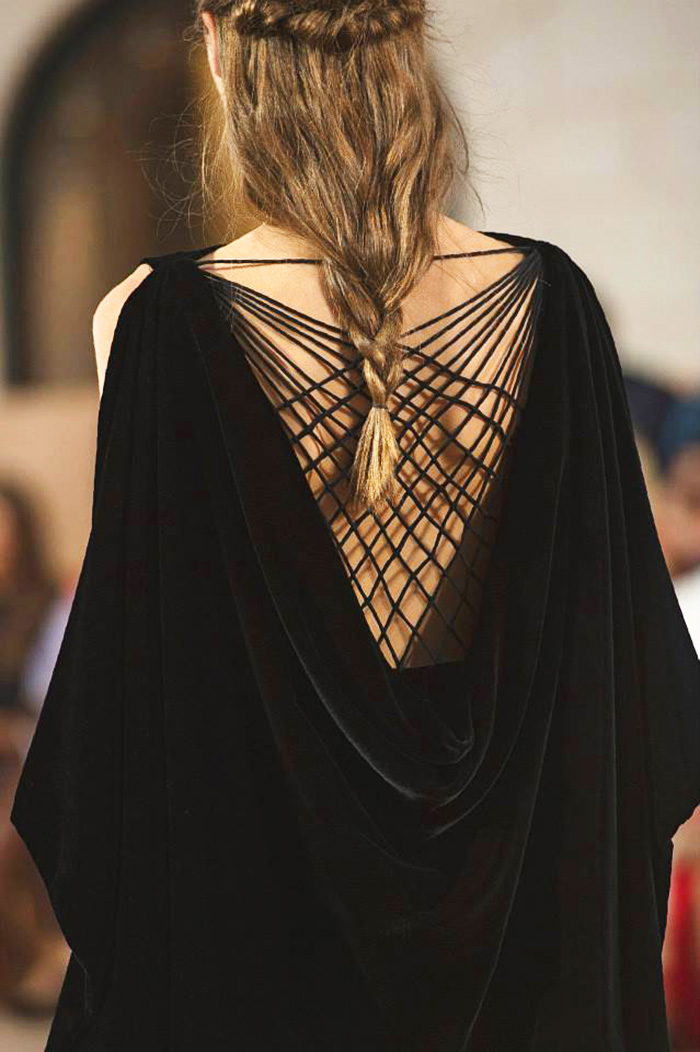|
|
Photographer Konsta Leppänen with his adopted pointer Buster, found in the streets of Spain. "People are the most interesting subjects for me as a photographer. They’re also the most difficult subjects, since 10 percent is the photography and 90 percent is about observation and interaction."
|
Konsta Leppänen is a talented photographer from Finland, a member of the 11 Collective and he has won the biggest Finnish photojournalism prize, the Patricia Seppälä Foundation Award. Andreas Romagnoli and Jeanne-Marie Cilento ask the hipster and intellectual 10 Questions about his life and work
KONSTA Leppänen’s landscape and urban photographs often have a solitary figure lost in a vast alienating cityscape or a sea of snow and water that capture a sense of spiritual and physical isolation. Yet his portraits of people are full of dynamism and life and seem to fizz with suppressed energy. Leppänen alternates between using black and white pictures and those that are more saturated to explicate the contrasts in Finnish life and culture.
His passion for photography began when he started shooting portraits of people on the street and then later joined the 11 Collective, the group of avant-garde photojournalists. He says the collective's aim is to create a new type of Finnish documentary photography. Working with the group, he produces annual in-depth photo essays around chosen themes.
“Our first project was about Finland and the exhibition has toured around the country for a year now, including at the Finnish Museum of Photography in Helsinki,’’ says Leppänen. “The main idea is to collectively help each individual with their personal projects and to diminish the loneliness of the process. From very early on we expose the process of visual storytelling to the analytical evaluation and constructive criticism of members of the group.”
Today, Leppänen is studying the Master's Program in Visual Journalism at Tampere University and works as a freelance photographer and photojournalist, alternating between working for well-known Finnish magazines and newspapers and making social documentaries.
1.What are you currently working on?
I’m working on several different projects, two of which are part of our 11 Collective’s upcoming group projects. I was recently in Egypt reporting about the unrest there and I'm still trying to make sense out of those photos. The other is a broader and more personal essay-like study on men of my generation. However, for the next couple of months I’m also working as a staff photographer for Aamulehti, which is the second largest newspaper in Finland, so I won’t be able to work much on these projects right at the moment.
2. What inspires your creative work now?
I’m a typical Finn so very often my inspiration derives from anxiety and sheer envy towards those more talented than myself. It’s a very unhealthy and unproductive way to push yourself forward, but so far it has helped me to pursue my photography.
3. How did you choose photography as your creative metier?
I didn’t choose photography as such. I started studying journalism and worked in newspapers. I could appreciate beautiful, dramatic and clever pictures especially in the context of journalism, but at that point I couldn’t even dream of taking such photos myself. When I finally bought my own first camera, which was relatively late, in my early twenties, it infested me like a disease. I didn’t want to write anymore, writing didn’t motivate me to push forward like photography. Nothing did, really.
4. Can you describe the experience, person or training that has had the greatest impact on your photography style?
Actually, I’m not even sure I have a coherent style just yet, I think I’m only beginning to recognise what my style could be. This is something that should be asked from Elina, my girlfriend and mother of my child.
Since the beginning of my photographic pursuits she's been there encouraging but also judging quite harshly when necessary. You know ~ a slap on the face to get me back on track. I still feel the need to show her everything I've done immediately to see what she thinks about it. I think she knows what my style is way better than I do.
5. What do you find the most challenging aspect of your work technically?
Technically the most challenging thing for me is to not think about the technicalities at all. To let go of the technology, not to think about apertures and focal lengths and flashes and what not. They’re not important. What is important is what you’re taking photos of, not with what you’re doing it.
For the past year or so I've been very tired of shooting with my DSLR aside from work. It's just too huge and intimidating. I bought a small mirror less camera and I have it with my everywhere I go and it's brilliant, nobody gets scared of it and nobody thinks I'm other than tourist. And the best thing is that I don't think about the technicalities at all! It really has rekindled my photography, same as Instagram, I guess.
6. What do you like to photograph?
People are the most interesting subjects for me as a photographer. They’re also the most difficult subjects, since 10 percent is the photography and 90 percent is about observation and interaction.
7. Do you have a set schedule of working creatively everyday or is the process more fluid?
Since I’m Scandinavian, I’ve tried to organise my creativity. I’ve tried keeping diaries, I’ve promised myself to shoot everyday and so on. So far nothing has really worked. I cannot force it. I think the most important thing is to keep your self somehow inspired everyday. Watch a movie, eye through some photos, analyse illustrations or just listen to music and try to enjoy it.
8.What part of photography gives you the most happiness and do you find your creative process is more rational or instinctive?
I think that if someday I'll be able to be totally instinctive about my photography I could finally be satisfied with myself. Hopefully that never comes. Satisfaction will kill off the urge to push forward and my photography is always closely tied to being unsatisfied. A certain level of struggling is elementary for my progress. But to answer the question: my photography is instinctive at best but usually very rational.
9. Is there a town or place in the world you consider inspiring?
If we talk about street photography or similar, Finland is a difficult country to work in. People are so reserved and they don't show too much emotion (or anything else, for that matter). That's why I really enjoy Rome, for example. People are relaxed and open in public spaces and allow glimpses into who they really are. It's almost as if they don't care and that is very fascinating and scary for a Finn.
10. In our digital age what is the relationship between photography and contemporary art?
I try not to bother myself with questions such as what is art and what is not – especially when it comes to my own work. Even though my photos have been exhibited in galleries and museums, I consider myself to be a journalist, not an artist. I most certainly have nothing against art photography and I am very pleased if someone thinks that my photos are interesting enough when considered in the context of art. However, I'm just not keen on making that distinction myself. With the 11 collective we've been very eager to mix and mess with the concept of art and concept of documentary and I intend to keep pushing those boundaries in the future.
Click on photographs for full-screen slideshow
|
|
The 11 Collective won the Patricia Seppälä Photojournalism Award in March 2013, the biggest prize in Finnish photojournalism. Konsta Leppänen is at the far right.
|
|
|
A photograph from the 11 Collective's series 3.6 meters or more, an essay about Finns' relationship with their surroundings. It was shot around Finland during 2011 - 2012.
|
|
|
Another picture from the 11 Collective's series 3.6 meters or more about Finns and their environment.
|
|
|
Looking like a group of medieval saxons, Leppänen's photograph of the Finnish band Death Hawks taken in 2013
|
|
|
A photograph from the Rome series taken in 2011: "I really enjoy Rome ~ people are relaxed and open in public spaces and allow glimpses into who they really are. It's almost as if they don't care and that is very fascinating and scary for a Finn."
|
|
|
Finland's young Artist of the Year Jarno Vasala, photographed for Finnish Art Today magazine in 2013.
|
|
|
Another picture of Jarno Vasala, the young artist of the year for Finnish Art Today magazine shot in 2013.
|
|
|
A large man in a tiny Fiat 500 from Leppänen's series on Rome.
|
|
|
A plane caught in flight with a dynamic conflagration of birds and a street light.
|
|
|
An evocative picture simply titled Hangover 2012.
|
|
|
From the Collective 11's 3.6 meters or more essay about Finnish society and landscape.
|
|
|
Leppänen's photograph of a girl from a story on Finnish dental care taken in 2013
|























































